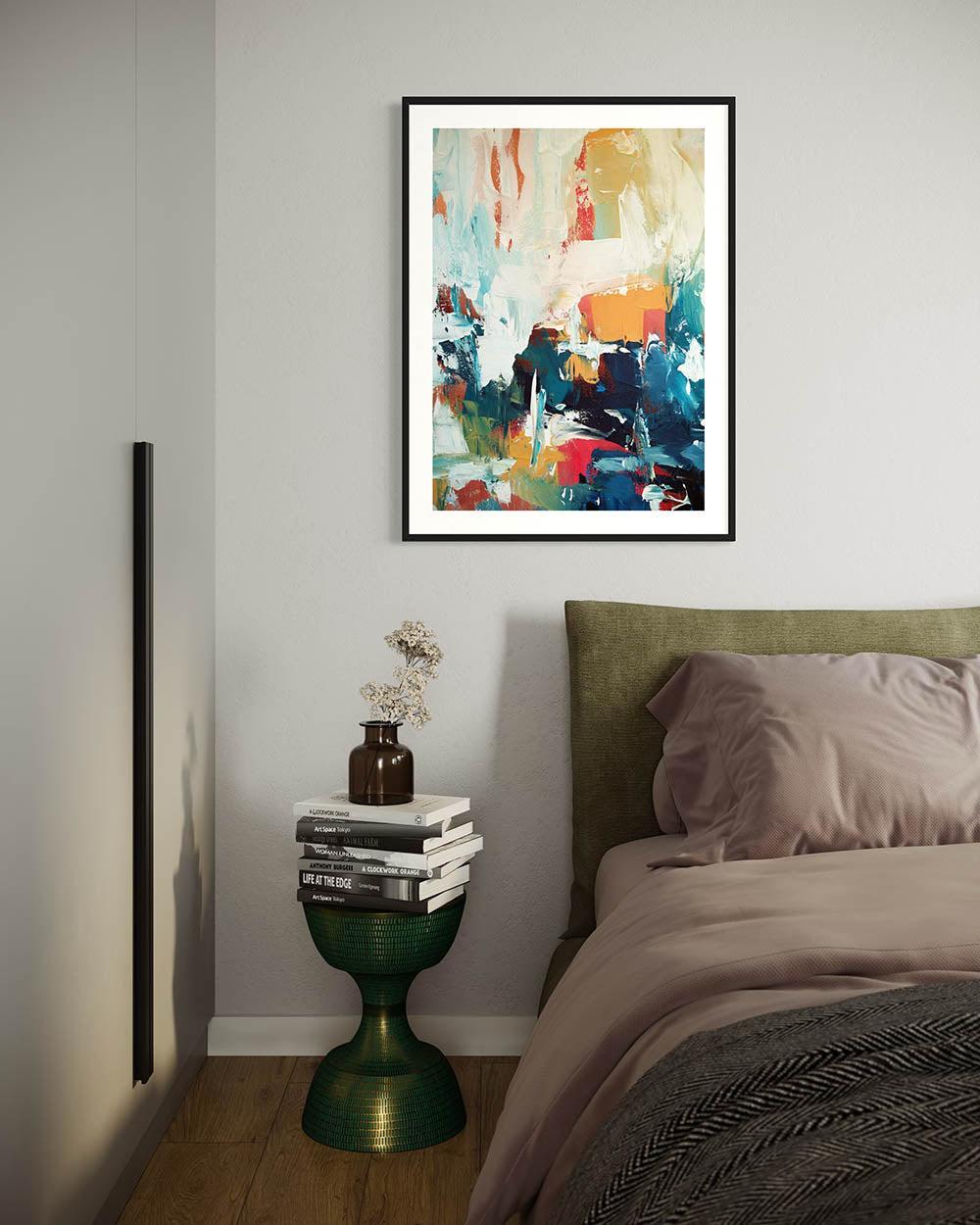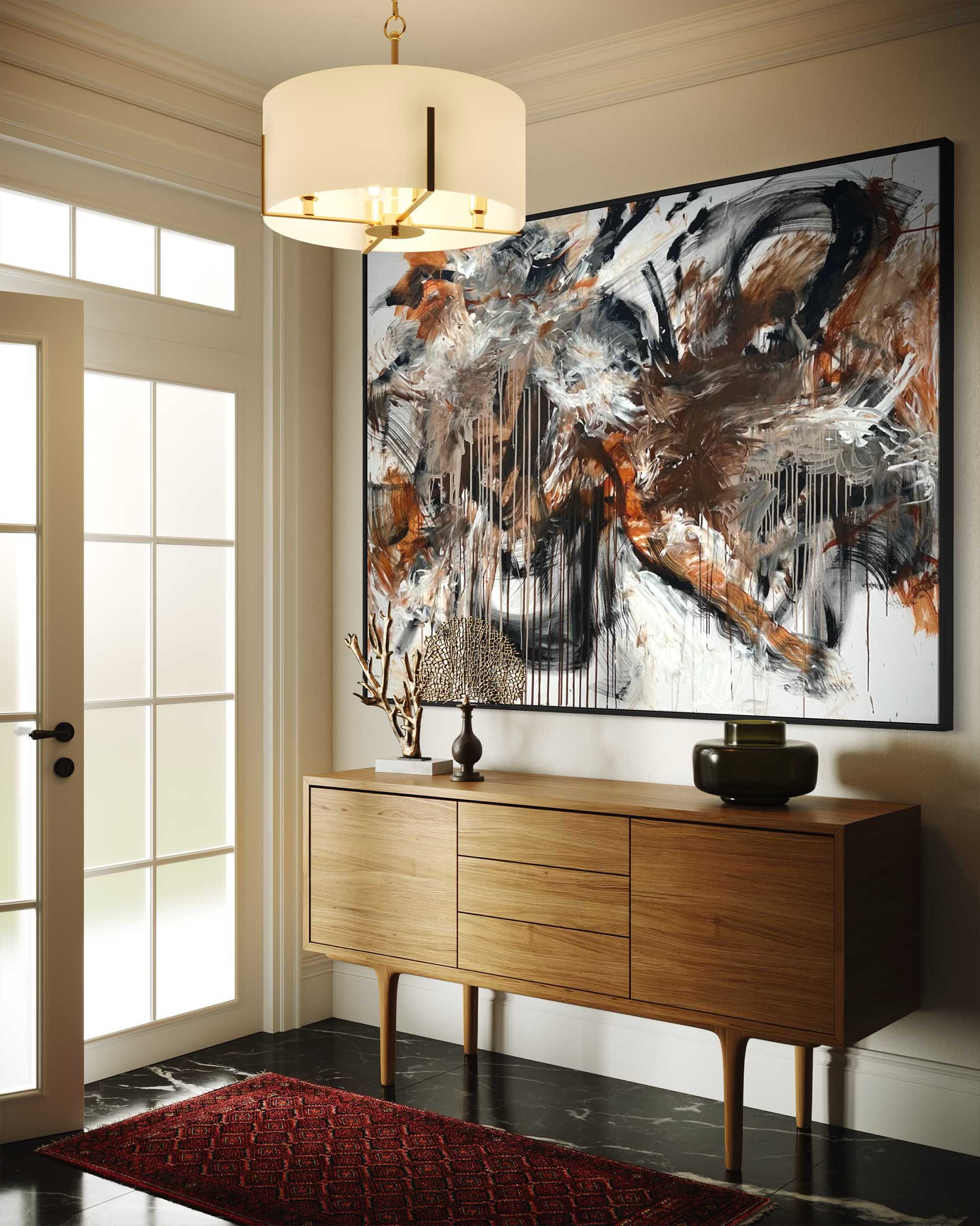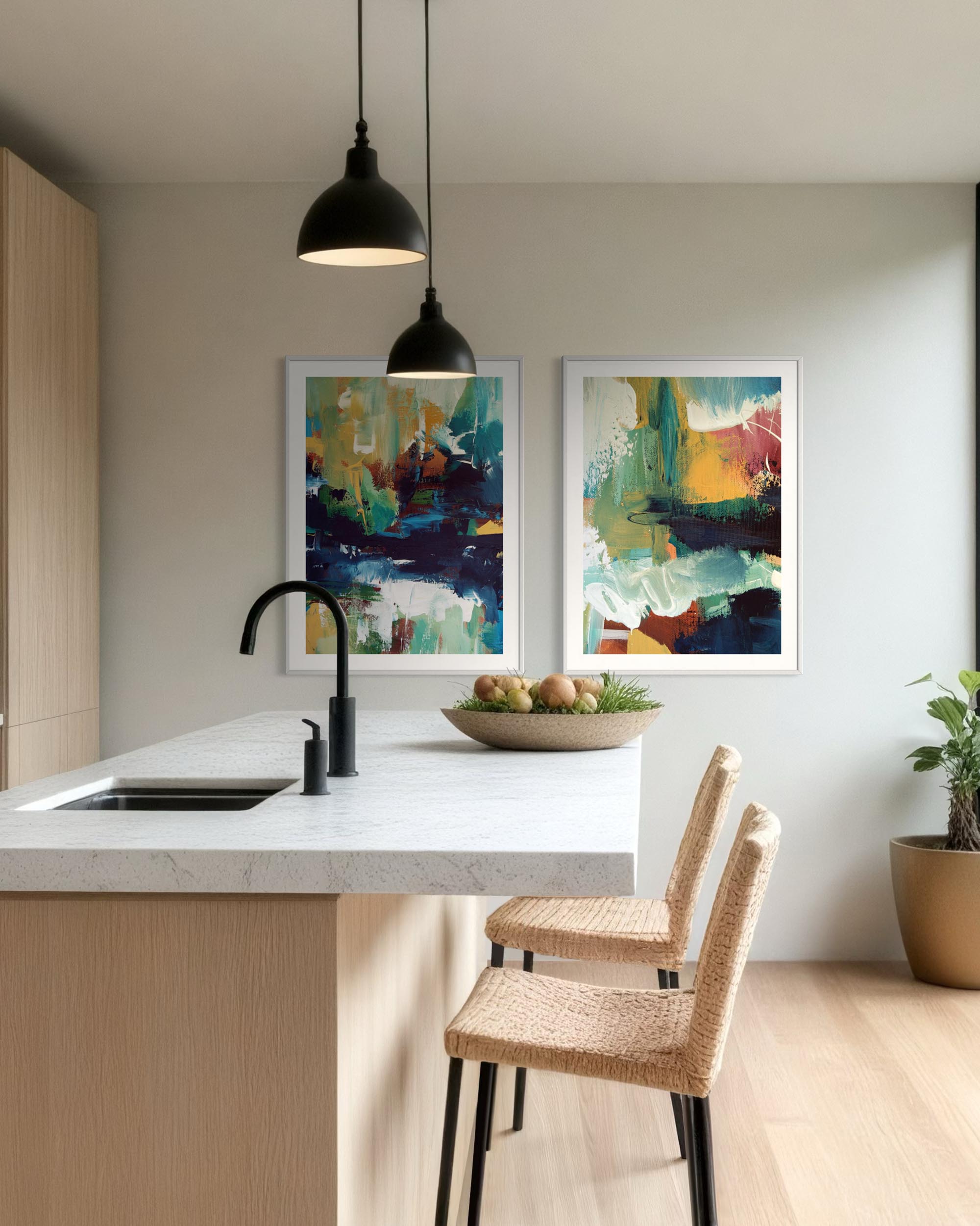About Henri Matisse
Matisse was born in Picardy in 1869 but did not show any real interest in art until he was 20. Up until the age of 20, he followed a traditional educational route and entered the field of work as a law clerk. It was when he enrolled in a weekend class in drawing that his love of art and desire to paint was born. He soon quit his day job and moved to Paris to progress his learning and became a professional painter/artist. The countryside work ethos he'd learnt from his parents and villagers proved a boon to his artistic learning and endeavours, as he acquired deep knowledge and practical experience of working in the styles of some of the greatest masters of art since the 1700s.
By the age of 23, when Matisse had acquired the deep knowledge to paint in the style of some of the greatest masters, he moved to the Ecole des Beaux-Arts to study under Gustav Moreau, the renowned Symbolist painter. He spent seven years studying with Mureau and this is where he developed his own style of painting.
Most of his works were figurative or related to the domestic sphere. He led the Fauvist movement from around the year 1900, and much of his art is characterised by Mediterranean style and vibrant use of colour.
First exhibition a triumph
Matisse first exhibited his work at the Salon de la Société Nationale des Beaux-Arts in 1896 and achieved resounding success. He was elected as an associate member of the Salon's society, and - even better - the painting "Woman Reading" was purchased by the French government. It was from this point that he developed the confidence to grow his artistic endeavours and achieve his full potential.
What Is Fauvism?
The body of work named fauvism from this period set Matisse on a career-long path that he described as “construction by colored surfaces.” says the Museum Of Modern Art (MOMA). This approach remained core to Matisse's paintings and art series, from his abstracted paintings of the 1910s, to the decorative and bright interiors period, which Matisse aptly named the "Nice period". Matisse's final chapter saw him produce a body of work called 'cutouts' which were seen as radical pieces at the time.
Check out the wonderful range of the Parisian painter Matisse's inspired wall art available at Abstract House, and discover the beauty and energy of colourful abstract art.
You May Also Like:
- Matisse Wall Art Prints
- Top 10 Abstract Wall Art To Buy Now
- Mark Rothko: The Legend Of Abstract
“What I dream of is an art of balance,of purity and serenity…somethinglike a good armchair which providesrelaxation from physical fatigue.”
Credit: Henri Matisse, MOMA
If you're looking for art prints for the home or office, take time to check out the wide range of Matisse inspired wall art at Abstract House.












